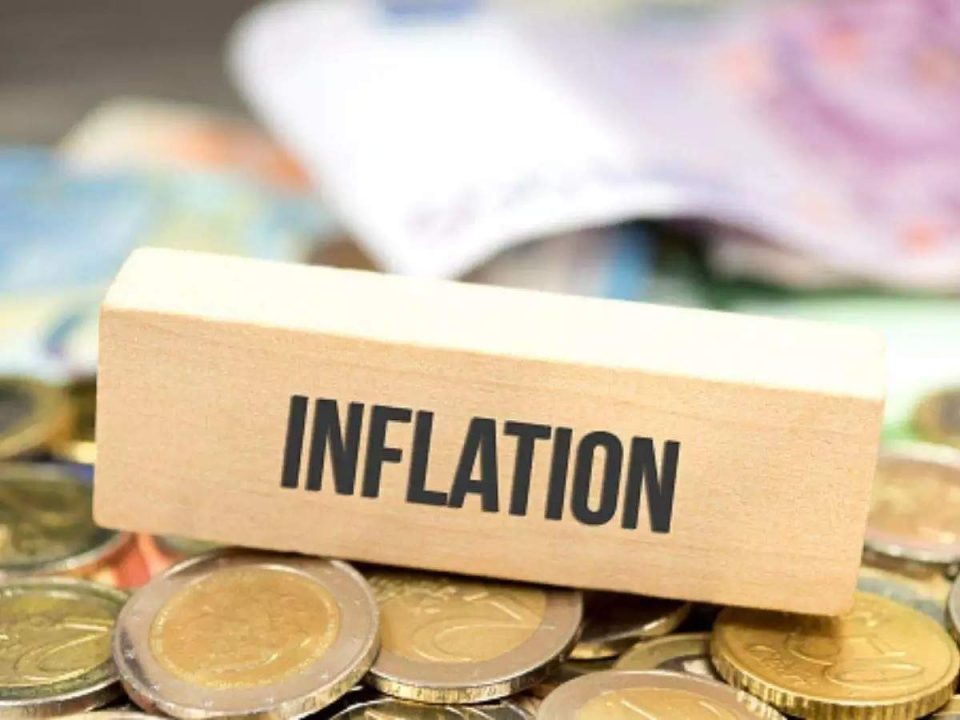India’s annual retail inflation surged to a 17-month high in March, while factory output contracted month-on-month in February, complicating the central bank’s policy choices. Data released by the National Statistics Office (NSO) on Tuesday showed that retail inflation rose to 6.95 per cent year-on-year in March, above the Reserve Bank of India’s (RBI) tolerance limit for the third consecutive month. On the other hand, the Industrial Production Index (IIP) rose 1.7 per cent a year in February. Still, it fell 4.7 per cent month-on-month, indicating that the economic recovery has yet to find a solid foundation.
Inflation based on the Consumer Price Index (CPI) is mainly broken down by cooking oil (18.79 per cent), vegetables (11.64 per cent), meat and fish (9.63 per cent), footwear and clothing (9.4 per cent), and fuel and lighting (7.52 per cent) market. Core inflation, which excludes volatile food and fuel items, jumped to a 10-month high of 6.29 per cent in March from 5.96 per cent.
Sunil K Sinha, the chief economist at India Ratings, said that the gradual rise in fuel prices since the end of March has had a limited effect on inflation, structural health inflation, high commodity prices, and a weak currency will push inflation up for at least 20 years. FY23’s first quarter. Russia’s aggression in Ukraine has put upward pressure on food and commodity prices, forcing the RBI to re-evaluate its favourable policy stance. In its recent monetary policy review, the central bank has kept the key policy rate unchanged but indicated that it will now prioritise controlling inflation rather than encouraging growth.
- What is Stock Order : Types, Differences & How Order Works
- India’s Business Activity Hits 3-Month High in Nov Amid Rising Costs
- Trudeau to Cut Sales Tax and Send Checks to Canadians Ahead of Election
- Ashwini Vaishnaw Encourages German Companies to Invest in India
- Flipkart Appoints Dan Bartlett to Board
The RBI downgraded its growth forecast for FY23 from 7.8 per cent to 7.2 per cent and raised its inflation forecast for the year from 4.5 per cent to 5.7 per cent, with crude oil prices at $100 per barrel. Of the six categories through IIP’s use-based classification, four primary products, capital goods, intermediate goods, and infrastructural products, saw positive growth in February. However, consumer durable goods have shrunk by 8.2 per cent for the fifth consecutive month while consumer non-durable products have shrunk by 5.5 per cent per month.



